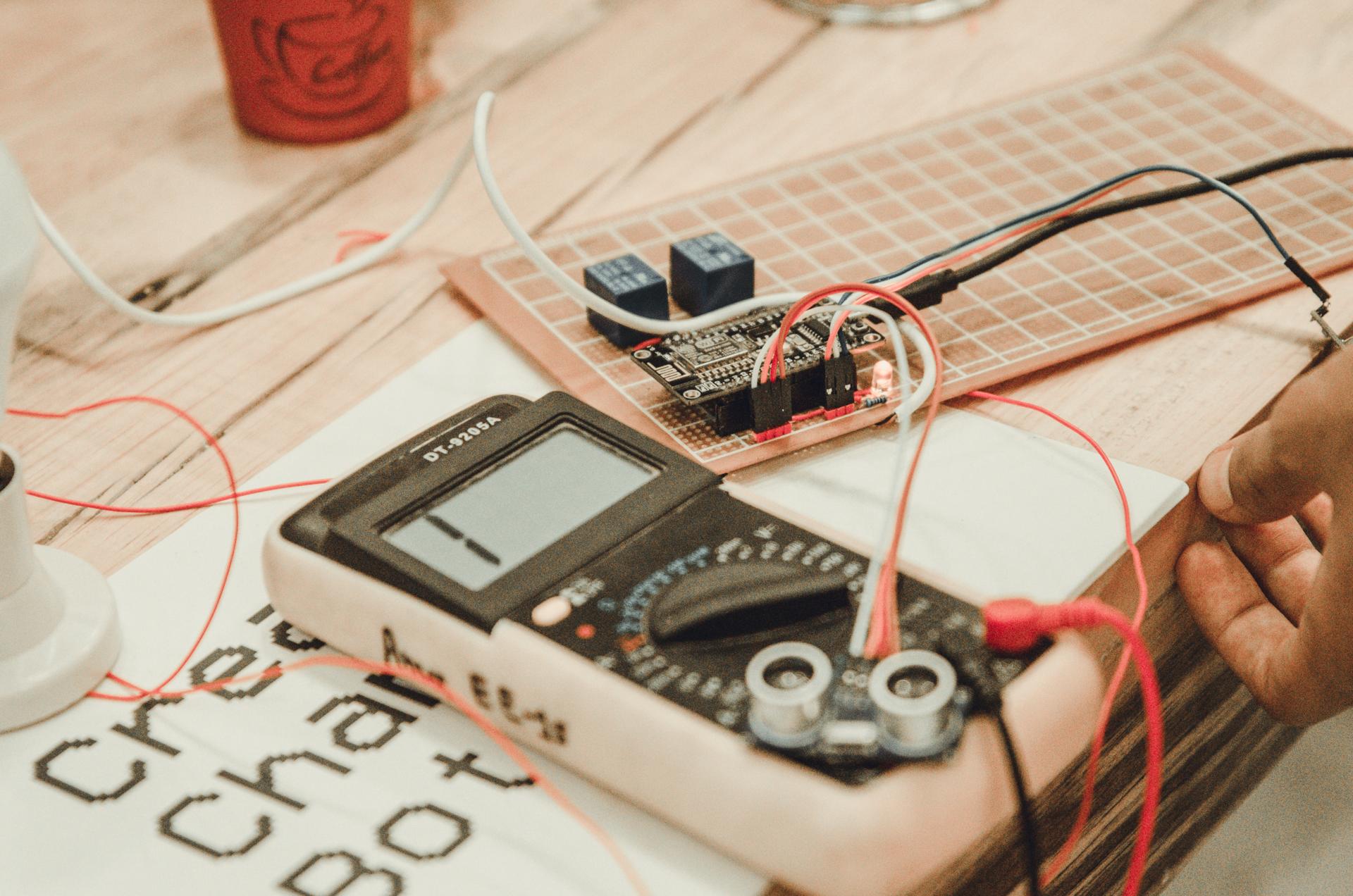Don't Risk Your Safety: Here's How to Perform an Electrical Safety Test at Your Place.

In the realm of security in your home, one of the primary areas to think about is electrical safety. Electrical safety testing is the procedure of testing the electrical system in your home to make sure it’s safe and up-to-code. In this article, we’ll provide you with the basics of what the electrical safety tests are, what tools will be required in order to carry them out, how to carry out the tests and what warning signs to look out for.
What exactly is the definition of an Electrical Safety Test?
A safety test for electrical appliances is the procedure of examining the electrical system inside your home to verify that it’s safe and functioning in a proper manner. Electrical safety tests are important as they help to in preventing electrical fires and electrical accidents, and ensure the longevity of your electrical system.
Tools Needed for an Electrical Safety Test
For conducting an electrical safety test you’ll need some essential tools. These include a voltage tester and a continuity tester circuit tester, and the outlet tester. The voltage tester is used to look for live circuits while the continuity tester is used to check for damaged circuits. The circuit tester is utilized to look for wiring issues as well as the outlet tester is used to check for wiring problems in the outlets. It’s important to use the tools correctly in order to obtain precise results.
How to Conduct an Electrical Safety Test
To conduct an electrical safety test in your home take these steps:
Turn off the power on the circuit or circuits you’re testing.
Make use of the voltage tester to look whether there are live circuits.
Use the test for continuity to test for damaged circuits.
Make use of the circuit tester to check for wiring faults.
Make use of the outlet tester to look for electrical problems in the outlets.
During the testing process Be sure to check for signs of damage or wear on the wiring that could indicate damaged or frayed wires, burn marks as well as loose or damaged connections. If you discover any problems, it’s important to address them as quickly as you can to avoid potential hazards.
Signals of electrical problems to be Watchful For
There are several warning signs that could indicate electrical issues in your home. These include flickering lights frequently tripping the circuit breaker noises that crackle or buzz emanating from outlets, outlet that are hot or discolored as well as a burning smell. If you notice any of these indications, you should take action immediately to avoid potential electrical hazards.
Conclusion
Electrical safety tests are crucial for ensuring your safety and family. By performing regular tests and fixing any issues quickly you will be able to prevent hazards to electrical equipment and extend the life of your electric system. If you need assistance with electrical testing or repairs Don’t hesitate to reach out to Adelaide Electrician. Our knowledgeable team will give you professional guidance and assistance. Contact us at 0488 822 778 to schedule an appointment or to request a quote.
FAQ Section
How often should I conduct an electrical safety check in my home?
We suggest conducting electrical safety tests at least once per year.
Can I perform an electric safety check by myself or do I need the help of a specialist?
Although it’s possible to conduct an electrical safety test on your own however, it’s advised to employ an expert to ensure the accuracy of results and avoid potential hazards.
Which are the top frequent electrical problems that can be found during an electrical safety test?
The most frequently-repeated electrical issues found during a safety test are faulty wiring, overloaded circuits, and outdated electrical systems.
What should I do if I discover a problem during the electrical safety test?
If you discover a problem during the electrical safety test it is important to take action immediately. This may include getting an experienced electrician to resolve the issue or replacing the equipment that is malfunctioning.
